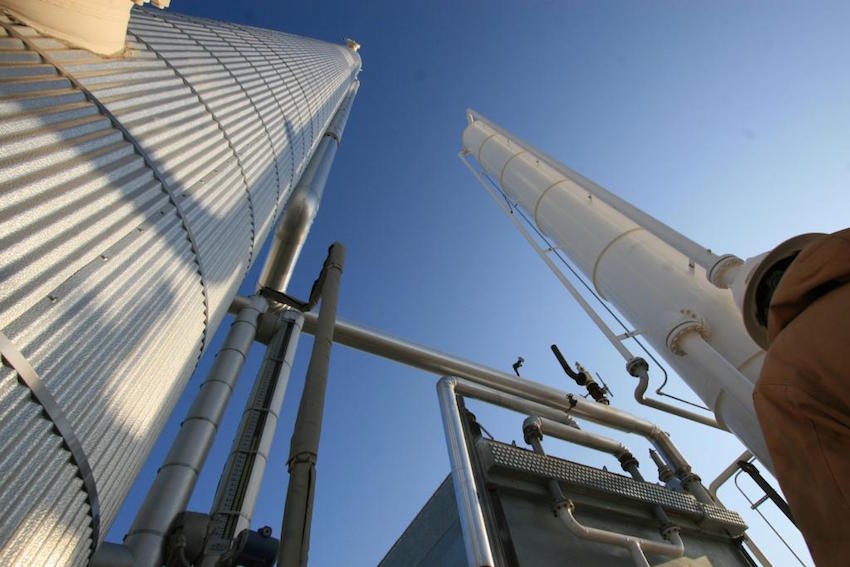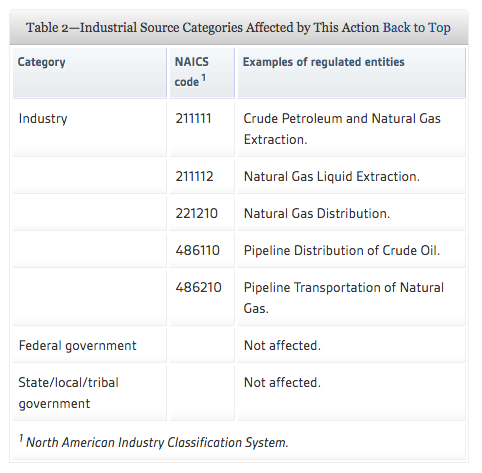
These Include The Following:
- Well densities: No wells are permitted on substandard acreage except in special circumstances.
- Vacuum pumps: Vacuum pumps are prohibited unless casing head gas is used or in a field that is nearly depleted (permit must be obtained).
- Check valves: Where two or more wells are produced through the same line, check valves must be installed and properly maintained.
- Common storage: If product from two or more wells is kept in common storage, it is only necessary to procure one Producer’s Certificate of Compliance and Authorization to Transport Oil or Gas From Lease Form.
- Water protection: No unauthorized disposal of mineralized water or field brines into natural water sources is allowed.
- Disposal wells: Only authorized disposal methods are allowed; wells must be proven to be completely separate from existing water sources.
- Lease and well ID numbers: Oil and geothermal lease numbers and gas well ID numbers are required on all official forms.
EPA Issues New Oil And Gas Regulations
Acting under the President’s Climate Action Plan: Strategy to Reduce Methane Emissions and the Clean Air Act, the United States Environmental Protection Agency has updated its regulations for new source performance standards in an attempt to curb emissions of methane and volatile organic compounds. The as-yet to be finalized updates intended to improve process safety management are expected to affect the following:
- The extraction of crude petroleum and natural gas
- The extraction of natural liquid gas
- Pipeline distribution of crude oil
- Pipeline distribution of natural gas
- Natural gas distribution
The EPA’s ruling is specifically targeted to the emission of methane gas, which is a noted environmental hazard. In the online document, the EPA states, “In 2009, [we] found that by causing or contributing to climate change, GHGs (greenhouse gases) endanger both the public health and the public welfare of current and future generations.”
The NSPS update has proposed GHG limit standards that will affect “certain new, modified, and reconstructed” machinery, including pneumatic pumps, wet seal centrifugal compressors, reciprocating compressors and pneumatic controllers.
UPDATE:
As of 6/03/2016 the above described have been passed and are published in the Federal Register. Below are the final categories that may be affected by the rulings:

Although not an exhaustive list, the rulings are set to provide many net-value benefits for the environement. Estimates are estimated to be $35 million in 2020 and $170 million in 2025 using a 3-percent discount rate (model average) for climate assistance and benefits in both 2020 and 2025. Read more on this section of the ruling here.